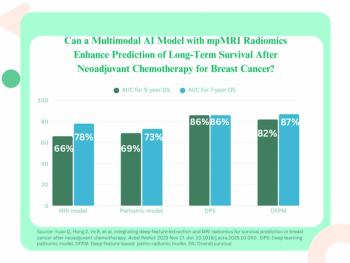
MRI Scanner Exposure Affects Workers in Immediate Vicinity
The powerful magnetic fields and radio waves used by MRI scanners appear to affect the concentration and visuospatial awareness of exposed workers.
The powerful magnetic fields and radio waves used by MRI scanners appear to affect the concentration and visuospatial awareness of exposed workers, according to an experimental study published online in the journal
Using a double-blind, randomized crossover design, researchers from the Netherlands assessed 31 healthy volunteers who were exposed to low (0.5) and high (1) static magnetic stray field (SMF) of a 7 Tesla (T) MRI scanner. The volunteers were also exposed to a sham environment, with no SMF. The tests were done at one-week intervals, in random order.
After each exposure, the volunteers completed 12 timed cognitive tasks, such as visual tracking and movement, which were chosen to mimic the skills and tasks that a health care professional may have to perform while in the vicinity of a MRI scanner.
The researchers found that among the 30 volunteers who completed the study, there was a significant effect on general functions, such as attention and concentration (varying from 5 percent to 21.1 percent) per Tesla exposure, as well as on visuospatial orientation (46.7 percent per Tesla exposure) compared to the sham.
Non-verbal memory did not seem to be affected by the exposure, but there was a borderline significant drop in verbal memory. Some volunteers experienced physical effects. Twelve complained of a metallic taste, six complained of dizziness, five of headache, and one of nausea.
“The exact implications and mechanisms of these subtle effects in [practice] remain unclear,” the author wrote.
As research continues on providing more powerful scanners to improve imaging, employees may be exposed to more frequent and more powerful static electromagnetic fields. “Further studies are needed to better understand the mechanisms and possible practical safety and health implications of these acute neurocognitive effects,” concluded the authors.
Newsletter
Stay at the forefront of radiology with the Diagnostic Imaging newsletter, delivering the latest news, clinical insights, and imaging advancements for today’s radiologists.




























